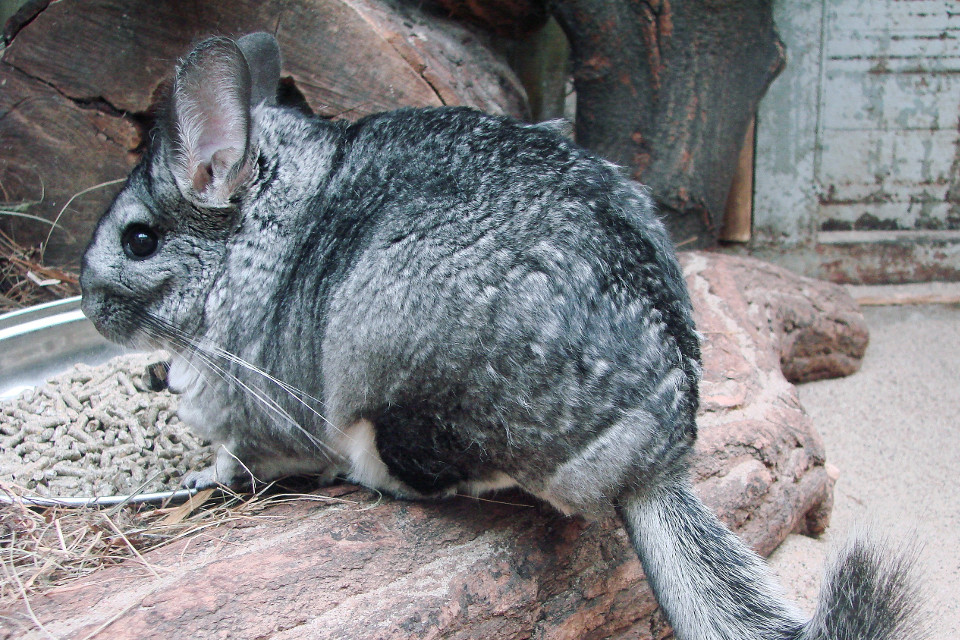Exclusively for zoos.media – 13th of June in 2018. Author: Philipp J. Kroiß
Everyone knows them as pets, but wild animals chinchillas are unfortunately threatened. Supported by modern zoos, the project “Save the Wild Chinchillas” aims to save the animals.
Chinchillas in danger
Amy Deane cares about very special small mammals: chinchillas. Many people only know them as pets, but the wild relatives of the cute animals are threatened. Their habitat is more and more destroyed and, moreover, the wonderful animals were hunted massively because of their special fur.
Half of the wild population lives in fenced reserves and the other live on unprotected private land. All in all there is a maximum of 5,000 animals left in the wild. Hunting is prohibited today, but habitat destruction continues. Amy Deane wants to save these beautiful animals from extinction and fight for their survival.
On Facebook we have released a video about the project:
Help for chinchillas
Habitat destruction ensures that the habitat is fragmented. A genetic exchange between the populations no longer takes place and they compound. This classic problem, which has many kinds, also affects the chinchillas. The aim is therefore to make the barriers between the populations of the chinchillas manageable.
In order to save the animals, it’s massively important to renature the destroyed areas and expand the protected areas – only then can we save the chinchilla species. In addition, not only the chinchillas, but also the whole ecosystem benefits from this protection.
Save the Wild Chinchillas, Inc. is committed to the survival of chinchillas and it’s a not-profit organization. The project is based on three pillars:
- Education: Save the Wild Chinchillas informs people about the situation of the animals and thus draws their attention to the situation of the animals. They want to motivate the population to support the protection.
- Protected Areas: Establishing and extending protected areas is central to ensuring the survival of the animals. For this Save the Wild collects chinchillas money to make that possible and to make the destroying areas liveable again.
- Research: The basis of every successful protection project is research. You have to know the animals and their habits very well in order to protect them as best as possible.
This concept is already very successful and has given many chinchillas a secure habitat, but of course the project needs to be continued and this is what Amy Deane is working for day by day.
Modern zoos and aquariums support the project
Of course, modern zoos and aquariums also help this respectable project to protect the chinchillas. For example, Tulsa Zoo, Minnesota Zoo and other zoological institutions are supporters. In addition, zoo-related projects are helping to save the chinchillas – like the American Association of Zookeepers.
The Zoological Society for Species and Population Protection (ZGAP) also plays a special role in the video above. It has been supporting the project for years and has already been able to contribute thousands of euros to support the project.
Once again, this shows just how important modern zoos and aquariums are as well. Thanks to the work they do, they can actively contribute to the protection of wild chinchillas. Comprehensive and successful projects like Save the Wild Chinchillas are important in preventing the extinction of not only species, but also ecosystems.
